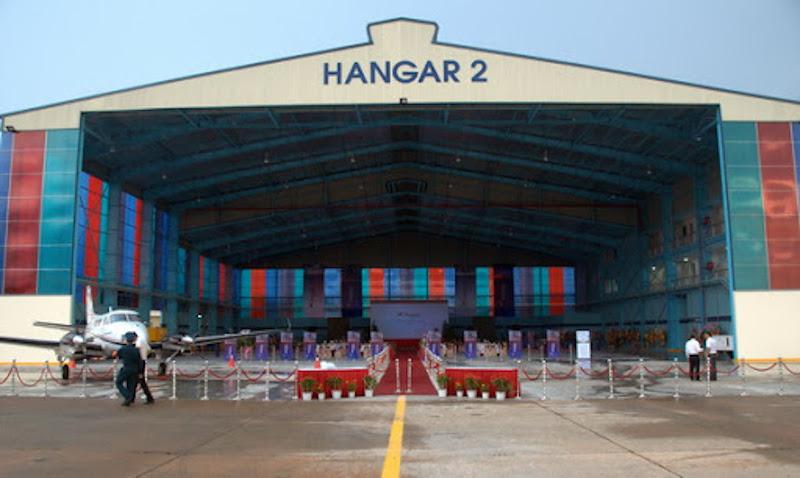
The big COVID-19 damage to Asian aviation has been in international flights, which unfortunately are a huge portion of commercial flying among small or island nations. But where a domestic Asian market is substantial and healthy, the drop in traffic and thus maintenance has been smaller.
That appears to be the case in Vietnam. At least officially, the country has experienced no COVID fatalities since early September. Domestic air travel has been liberated and domestic passenger counts are now down only 6% from 2019 levels, according to Trinh Quoc Cuong, commercial director of Vietstar Aero Engineering.
And aviation has been growing rapidly in Vietnam. So, even though Vietnamese international flights are now only half their year-ago levels, the country has added aircraft since 2019.
Vietnam now has 219 commercial aircraft, and Cuong said the goal remains a fleet of 400 by 2035. “The momentum is still there,” Cuong told participants in the recent Managing the COVID-19 Crisis in Aviation MRO webinar.
Cuong expects Vietnam’s 4,700 MRO employees to do about $108 million in work this year, down 15% from last year, a much less dramatic decrease than is being experienced in most of the world.
To get through the slump, Vietnamese MROs are taking several steps. Mechanics salaries have been cut 40%, some redundant workers have been laid off, and office workers rotate through working only half a month.
No new projects are being started, and Vietstar is focusing on “customers who can pay,” Cuong says. Also, in-house training has been minimized.
The Vietstar executive predicts the new normal in Vietnam MRO will see reduced salaries for the same work, delayed reimbursement until next year, delayed maintenance of major components like engines and landing gear, at least six months of aircraft parking and an effort to increase cash reserves. Eventually, “we hope to grow again next year.”
To make that possible, Vietstar must hold onto its certified mechanics. Vietnamese MROs pay new apprentice mechanics only a fraction of the wages paid in Singapore.
But they must pay about the same as in Singapore for mechanics who have gone through the five years of training necessary for certification. These employees have international options.
And Vietnam MRO opportunities and responsibilities will only increase. Cuong hopes some domestic low-cost carriers will launch in 2021. Moreover, while Vietnamese aviation has been growing at 15% annually, the country’s MRO base has only been increasing at 7% annually.
Vietnamese airlines are mostly young with very young fleets that have not needed much maintenance and could leave the country to get the little they needed.
Cuong expects his MRO will have plenty of work to do as rapid growth resumes and as the nation’s fleet both grows and ages into a more maintenance-intensive phase.





